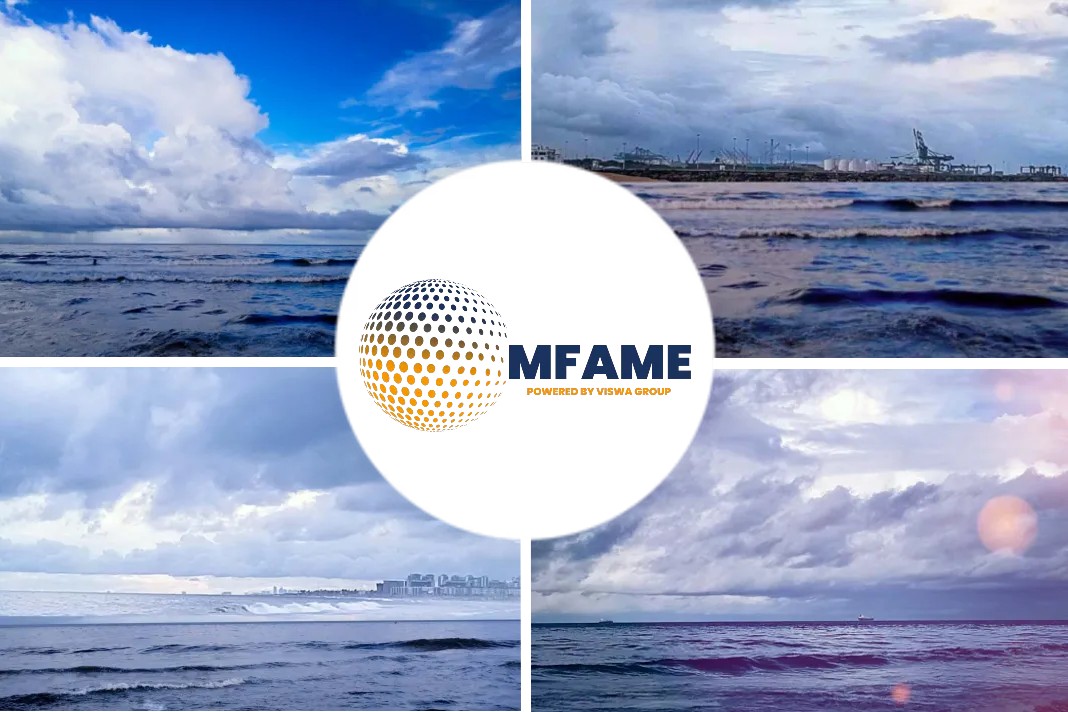
A recent news article published in the Riviera deals with the top five trends to watch in LNG in 2023.
Lingering impact of the war
2023 will see the lingering impact of the war bringing continuing demand for LNG in Europe, higher LNG carrier newbuild prices, price volatility, fast-moving FSRU developments, and much more, writes LNG Shipping & Terminals editor John Snyder.
How do you follow a record year of LNG newbuild orders? With more, of course. With its first phase of ordering complete, Qatar Energy newbuild demands for its volumes associated with the North Field Expansion, Golden Pass project and fleet renewal will continue to fill LNG shipbuilding slots at South Korean and Chinese shipyards. With orders for 66 newbuilds placed, the second phase will push orders to 100 and with options as high as 151. One big difference could well be price. In November 2022, it confirmed contracts priced at US$192M apiece for four newbuilds at Daewoo Marine Shipbuilding & Engineering (DSME) and two at Samsung Heavy Industries (SHI). Those prices are history. Inflation is sure to play its part.
40 LNG newbuilds
In addition, as many as 40 LNG newbuilds are expected for Mozambique. TotalEnergies signed letters of intent with Hyundai Samho Heavy Industries (HSHI) and SHI two years ago, but the project was delayed by the ongoing civil strife in the country. Now both shipbuilders are reportedly close to signing contracts to build 17 of those LNG carriers. HSHI would build nine LNGCs and SHI eight ships for deliveries in 2027 and 2028.
2022 was an unprecedented year for LNG shipbuilding, with contracts signed to build 201 LNG carriers (including small-scale and LNG bunkering vessels) as of 5 December, according to BRL Weekly Newbuilding Contracts.
Record newbuild prices ahead
And speaking of newbuilding prices, Maran Gas Maritime ordered a 174,000-m3 LNG carrier from DSME for US$253M – the highest price yet that we have reported for a standard newbuilding. Can prices go higher? Will they touch the record of past years? In the early 1990s, a standard-sized LNG carrier, with a capacity of 135,000-m3 and steam propulsion, cost between US$250M-US$260M. Now, the standard-sized LNG carrier has a capacity of 170,000 or 174,000 m3 (depending on who you ask) with low-pressure, two-stroke dual-fuel engines.
And, by the way, prices for newbuilds in the pending shipbuilding deals between TotalEnergies and the South Korean shipbuilders are expected to touch US$260M.
Look for the world’s largest shipbuilding nation, China, to muscle in on more LNG carrier orders.
Mind the gap
Europe’s energy troubles are far from over. European Commission President Ursula von der Leyen has warned the continent could face a potential shortfall of 30 billion cubic metres (bcm) of gas by mid-2023. Europe was able to more than double its LNG imports from the US in 2022.
With Russian gas supplies being choked off, Europe’s primary source of gas in 2022 became Norway, and Equinor has been given the green light to invest in its infrastructure to increase production from its Oseberg field by 2026.
A new report by the IEA released 12 December said the EU can combat this gap through stronger efforts to improve energy efficiency, deploy renewables, install heat pumps, promote energy savings and increase gas supplies.
The report cautions, “2023 may well prove to be an even sterner test for Europe because Russian supplies could fall further, global supplies of liquefied natural gas will be tight – especially if Chinese demand for LNG rebounds – and the unseasonably mild temperatures seen at the start of the European winter are not guaranteed to last.”
Time after time
In late October, high demand for LNG vessels, due to global energy demand and the Russia-Ukraine war combined with low fleet supply, sent freight rates sky high. Time-charter rates were at US$440,927 per day, according to the Baltic Exchange.
Higher prices would appear to be in the offing in the new year, too.
“There are very few uncommitted vessels for the period 2023 through to 2026 and those that are will likely be at a premium to meet the higher newbuilding costs, increased costs of finance and the lack of modern available tonnage,” Howe Robinson Partners senior broker Debbie Turner told us.
Ms Turner also reminded that new regulations for EEXI and CII both come into force in 2023. CII, in particular, will have a profound impact on the commercial viability of older, smaller steam-powered LNG carriers. Many of these could well be earmarked for demolition.
Fast gas relief: FSRU
Europe’s quick pivot to alternative natural gas supplies is underpinning billions of dollars in investments in FSRUs to fast-track LNG imports. Germany, the continent’s largest gas market, plans to have six FSRUs operating at the end of 2023.
Opening the LNG Shipping & Terminals Conference, Europe 2022, Trelleborg Marine & Infrastructure UK managing director Dave Pendleton underlined that FSRUs have become the most valuable and most sought-after vessels in the maritime sector.
Did you subscribe to our daily Newsletter?
It’s Free! Click here to Subscribe
Source: Riviera















